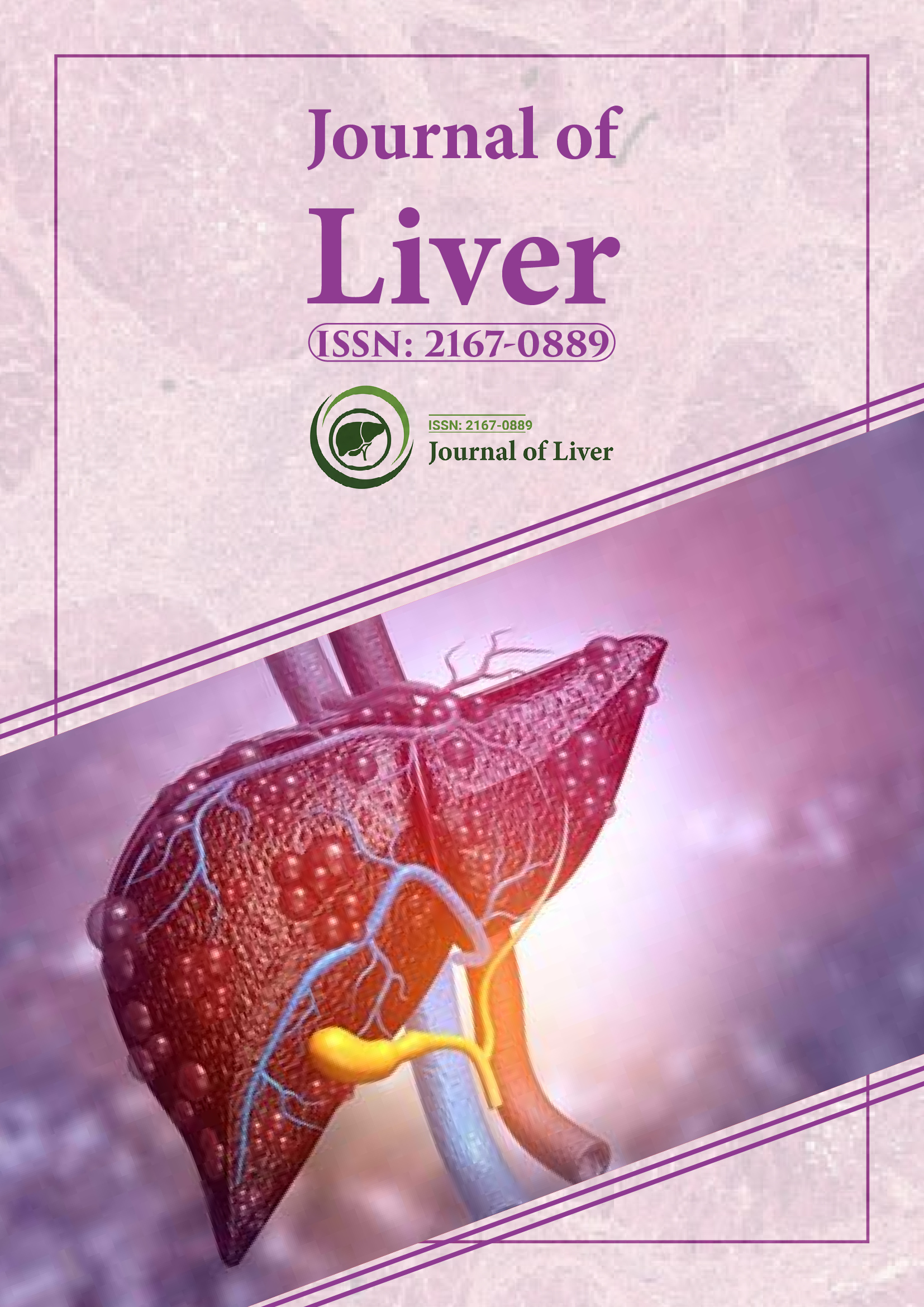Indexed In
- Open J Gate
- Genamics JournalSeek
- Academic Keys
- RefSeek
- Hamdard University
- EBSCO A-Z
- OCLC- WorldCat
- Publons
- Geneva Foundation for Medical Education and Research
- Google Scholar
Useful Links
Share This Page
Journal Flyer

Open Access Journals
- Agri and Aquaculture
- Biochemistry
- Bioinformatics & Systems Biology
- Business & Management
- Chemistry
- Clinical Sciences
- Engineering
- Food & Nutrition
- General Science
- Genetics & Molecular Biology
- Immunology & Microbiology
- Medical Sciences
- Neuroscience & Psychology
- Nursing & Health Care
- Pharmaceutical Sciences
Commentary - (2024) Volume 13, Issue 4
Developing Biotechnologies in Organoids for Liver Cancer and Sensitivity to Ferroptosis
Carl Lavie*Received: 25-Nov-2024, Manuscript No. JLR-24-28327; Editor assigned: 27-Nov-2024, Pre QC No. JLR-24-28327 (PQ); Reviewed: 11-Dec-2024, QC No. JLR-24-28327; Revised: 18-Dec-2024, Manuscript No. JLR-24-28327 (R); Published: 26-Dec-2024, DOI: 10.35248/2167-0889.24.13.236
Description
Liver cancer remains one of the deadliest forms of cancer worldwide, largely due to its late-stage diagnosis and limited therapeutic options. However, recent advancements in biotechnology, particularly in the field of organoids, are opening new avenues for both understanding the disease and developing targeted treatments. One of the most promising areas in this research involves the exploration of ferroptosisa-a regulated form of cell death that has shown potential in cancer therapy. In this commentary, we explore the role of organoid technology in studying liver cancer and its sensitivity to ferroptosis, highlighting the latest breakthroughs and the challenges that lie ahead.
Organoids are three-dimensional, miniaturized models of organs derived from stem cells, which closely mimic the tissue architecture and functionality of the organ from which they originate. In the context of liver cancer, researchers have developed liver organoids that can replicate the key features of the human liver, including its metabolic functions, cell types and cancerous transformations. These organoid models provide a more accurate representation of the disease than traditional two-dimensional cell cultures, offering researchers a powerful tool for studying tumor biology, drug responses and disease progression.
Liver cancer is a complex disease, often arising from chronic liver conditions such as hepatitis or cirrhosis. Understanding how cancer develops and progresses in the liver, therefore, requires models that can faithfully replicate this complexity. Organoids derived from patient tissue samples provide a platform for studying the molecular mechanisms that drive liver cancer, as well as identifying biomarkers for early detection and prognostic assessment.
Ferroptosis is a form of regulated cell death characterized by the accumulation of lipid peroxides and iron-dependent oxidative damage. Unlike apoptosis, which is driven by programmed cell death pathways, ferroptosis is triggered by cellular iron overload and oxidative stress. Recent studies have suggested that inducing ferroptosis could be an effective strategy for treating cancers, including liver cancer. By promoting ferroptosis in cancer cells, researchers aim to bypass some of the mechanisms that typically allow tumor cells to evade apoptosis, such as mutations in apoptosis-related genes.
However, not all cancer cells exhibit the same susceptibility to ferroptosis. Some liver cancer cells may be resistant to ferroptosis due to variations in their iron metabolism or antioxidant defenses. This is where organoid technology becomes invaluable. By creating organoid models of liver cancer, researchers can study the different levels of sensitivity to ferroptosis across various liver cancer subtypes. These models allow for highthroughput testing of ferroptosis-inducing agents, enabling the identification of potential therapeutic compounds that could selectively target tumor cells while sparing normal tissues.
Despite the exciting potential of organoids and ferroptosis as a therapeutic avenue for liver cancer, several challenges remain. One of the most significant hurdles is the complexity of liver cancer itself. The genetic diversity within tumors, the tumor microenvironment and the interactions between different cell types all contribute to the heterogeneity of liver cancer. Organoids can replicate some of this complexity, but they still fall short of capturing the full spectrum of the disease. For example, organoids may not perfectly replicate the interactions between the tumor and the immune system, a critical aspect of cancer progression and treatment response.
Another challenge lies in understanding the molecular pathways that regulate ferroptosis and how they can be manipulated in a clinical setting. Although some small molecules and drugs have been identified as potential ferroptosis inducers, there is still limited knowledge about how to selectively target these pathways without affecting normal cells. Furthermore, the delivery of ferroptosis-inducing agents to liver tumors remains a major obstacle, as efficient and safe delivery methods are still under development.
Citation: Lavie C (2024). Developing Biotechnologies in Organoids for Liver Cancer and Sensitivity to Ferroptosis. J Liver. 13:236.
Copyright: © 2024 Lavie C. This is an open-access article distributed under the terms of the Creative Commons Attribution License, which permits unrestricted use, distribution, and reproduction in any medium, provided the original author and source are credited.
